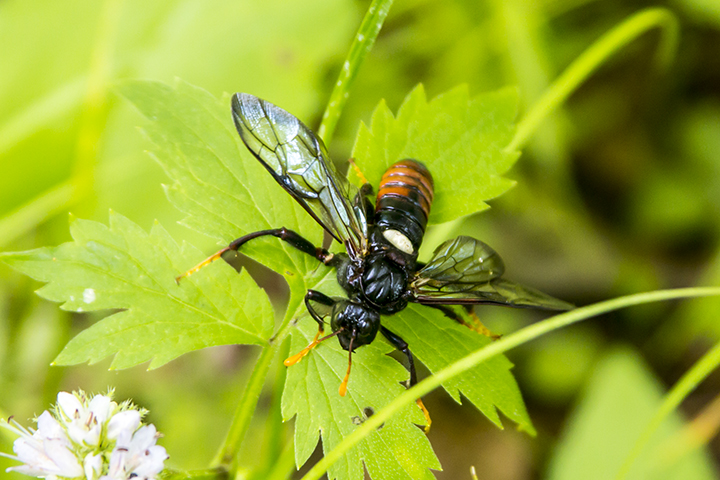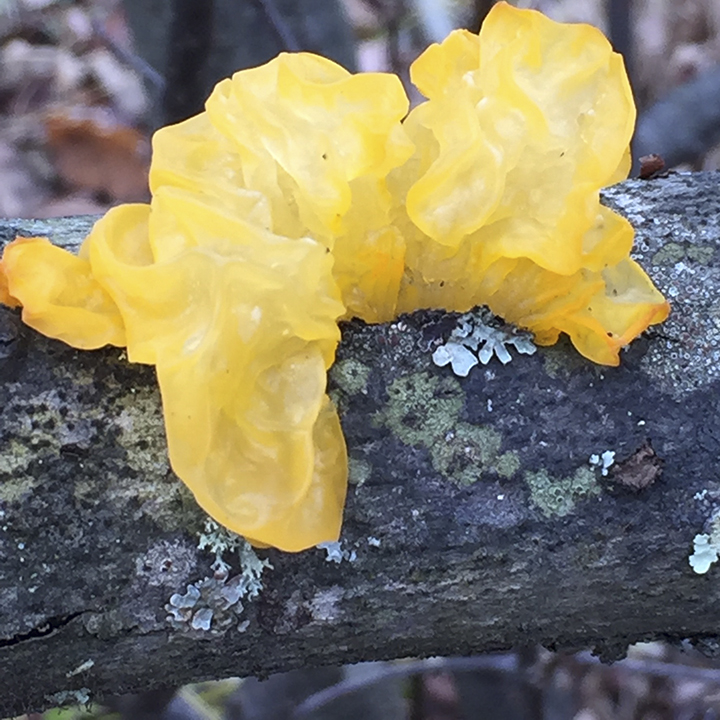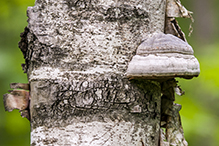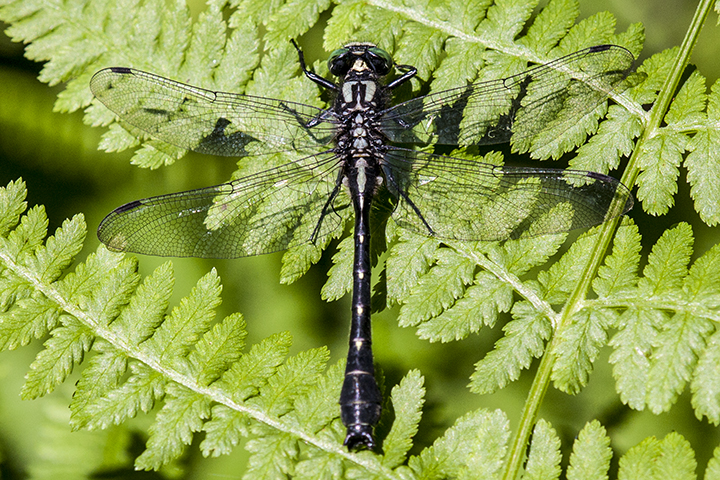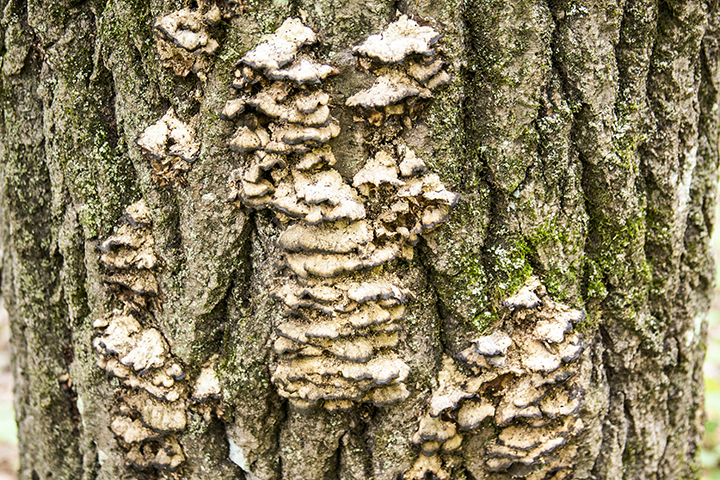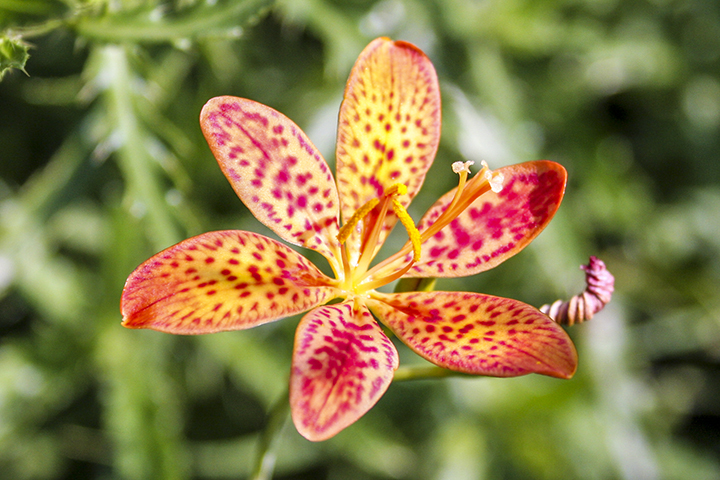Rope dodder (Cuscuta glomerata) is an annual herbaceous vine that parasitizes the above-ground portion of other plants. It is considered a noxious weed in the United States and a restricted weed seed in Minnesota, but is listed as threatened in Florida and is a Special Concern species in Wisconsin.
In the spring a seed produces a single, slender, fast-growing stem, and a single root. The root is for anchoring only. It does not absorb nutrients and withers away after the stem attaches to a host plant. The stem lives solely on the nutrients stored in the embryo. It must find and attach to a host plant in 5 to 10 days or it will die. It seeks a compatible host by detecting and growing toward specific airborne volatile organic compounds. When it encounters another plant it wraps around it. If the plant is a suitable host the dodder stem will produce sucker-like, specialized roots (haustoria) that penetrate and draw nutrients from the host plant’s tissue. As it continues to grow it becomes more robust and climbs the host, twining in a counter-clockwise spiral.
From May to early July rope dodder looks like orange tangled string. In July it produces flowers on parts of the stem that are tightly appressed and attached to a host plant. The inflorescence is a dense, rope-like mass of tiny flowers wound spirally around the stem of the host.
There are at least 7 species of dodder in Minnesota. The dense, rope-like inflorescence distinguishes this from all other dodders.


